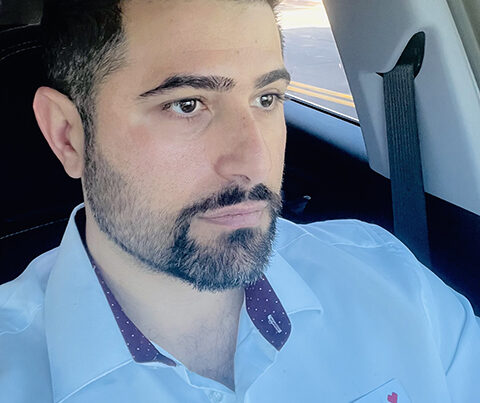Stroke, the Silent Killer
By John Schloss, PhD
You are walking along, and suddenly, your leg gives out from under you. Fortunately, you catch yourself to keep from falling. Then you realize that the leg does not have any feeling. Crawling over to the bed, you realize this is not a momentary loss of balance. As the problem persists, it becomes clear something has happened. But what? Stroke! OK, you think to yourself, what’s next? Using your phone, you Google stroke. It says you need treatment within a 3-hour window to prevent permanent damage.
At the hospital an hour later (details omitted for brevity), you are given a CT scan to determine whether this is an ischemic (clot-induced) or hemorrhagic stroke. For ischemic stroke, you take TNK (tenecteplase), a genetically modified version of wild-type tPA (tissue plasminogen activator), a clot-dissolving enzyme with a longer half-life and higher fibrin specificity than tPA. Good news — you received the TNK within the 3-hour window.
Over the next three days, you will learn more about stroke and current therapies. An MRI (magnetic resonance imaging) confirms you have had a stroke and the position of the lesion. Luckily, it is a small and focused region in the parietal lobe of your brain. The neurologist is somewhat excited since he has not seen many lesions like this one. Again, this is good news since the damage is restricted to motor activity and feeling in your right leg and, to a lesser extent, the skin on your upper right body. Your hip, leg, and foot are devoid of feeling.
By the second day, much of the motor ataxia reverses, and sensation has started to return. An echocardiogram and a transcranial Doppler (TCD) bubble ultrasound indicate some leakage between the auricles of your heart. You learn that 25-30% of people suffer from PFO (patent foramen ovale), where the opening between the left and right atria fails to completely close after birth. The PFO leads to the mixing of venous and arterial blood, allowing the passage of clots from the periphery to the brain. Usually, the lung filters out these clots.
However, PFO is still only one of several possible ways to deliver a clot to the brain. The other most likely option is for an AFib (atrial fibrillation) to cause a clot to form in the heart and go directly to the brain. Two additional tests help distinguish between stroke resulting from PFO and AFib. An ultrasound camera is inserted into the esophagus near the heart to define the PFO by transesophageal echocardiogram (TEE). The second piece of diagnostic evidence is to wear an outpatient heart monitor for an extended period to assess the frequency of AFibs. Since the PFO also has an associated aneurysm (an atrial septal aneurysm, ASA), you learn that you are at high risk for stroke. The cardiologist, hematologist, and neurologist argue that Eliquist® (apixaban), a reversible inhibitor of factor Xa, is the best therapeutic approach to reduce the risk of another stroke. However, Eliquist® is much more expensive than aspirin and produces a greater risk of excessive bleeding if injured.
Lessons learned from experiencing a stroke:
- A stroke can occur without warning.
- There is no pain involved, just loss of sensation and function.
- For an ischemic stroke (e.g., loss of blood flow due to a clot), it is essential to obtain clot-dissolving medication (TNK or tPA) within 3 hours of onset.
- Before beginning clot-dissolving medication, it is essential to be sure the stroke is ischemic (82–92 percent of all strokes occurring in the United States are ischemic) and not hemorrhagic. There is a higher risk of death from hemorrhagic stroke, with 40 percent of cases resulting in death. An MRI or CT scan distinguishes the type of stroke and regions of the brain affected. Oral contraceptives increase the risk of an ischemic stroke.
- Up to 40% of ischemic strokes without an identifiable cause (cryptogenic stroke) have a PFO (25-30% of the population). Stroke is the fifth leading cause of death in the United States. There are 6.5 million deaths from stroke worldwide (12% of all deaths).
- The first FDA-approved device for PFO closure in the United States was the Amplatzer PFO Occluder (Collado et al. J Am Heart Assoc 7(12):e007146, 2018). In addition to stroke, PFO can cause headaches, sleep apnea, and transient global amnesia.
- Symptoms of stroke, especially when they come with rapid onset and are restricted to one side of the body include:
- Numbness or weakness on one side of the body in the face, arm, and leg
- Vision problems in one or both eyes
- Dizziness, difficulty with balance, walking, or coordination
- Severe headache
- Confusion, difficulty in speaking and understanding













